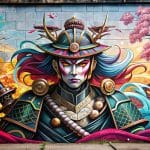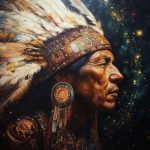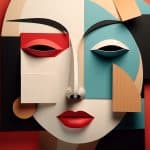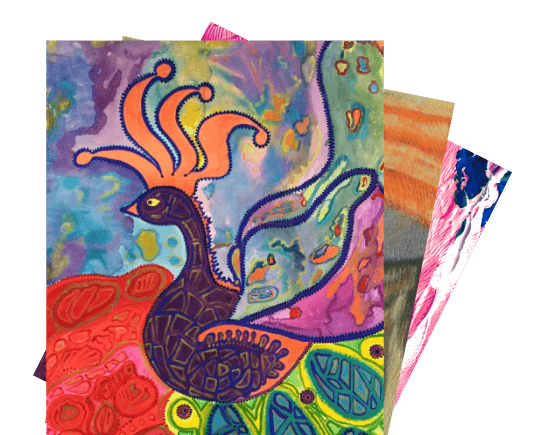Filters
Available Artwork
Other styles of paintings you may like
Origins of Folk Art Painting:
Folk art is an art form categorised as divergent; its types of objects covered by the term folk art vary. Folk art generally encompasses all forms of visual art created within the context of folk culture. Folk art includes the creative expressions of communities and individuals who often lack formal artistic training but possess rich cultural traditions. Rooted in daily life, rituals, and communal values, folk art serves both functional and aesthetic purposes, reflecting the identity and heritage of its creators.
The recognition of Folk art as a significant category originated in the late 19th century and was at first limited to the so-called peasant art of Europe, the "art of the land. It also carried a nostalgia for pre-industrialised society. Folk art was also integrated into avant-garde style by many artists at the turn of the century.
Folk Art was widely spread in Europe during the pre-industrialised society as many museums and gallery spaces displayed works by agricultural or maritime cultures. As the rise of industries advanced in the 18th century, methods of production were also pushed to the fringes of society and remote locations, where art forms, alongside traditions and methods of craftsmanship, continued to be passed from one generation to the next.
In Europe, especially in rural regions, folk artists painted wooden furniture, embroidered clothing, and decorated household objects with regional patterns and colours. In Asia, Indian folk art traditions such as Madhubani, Warli, and Pattachitra painting flourished, often depicting deities, epics, and seasonal rituals. Chinese paper cutting and Japanese kites also carry deep-rooted symbolic meanings. African folk art is highly diverse, known for wood sculptures, carved masks, and textiles—all of which are rich in symbolism and often tied to ancestral worship and social rituals. In fact, Folk art in the United States refers to the many regional types of tangible folk art created by people in the United States of America. Generally developing in the late 18th and early 19th centuries, when settlers revived artistic traditions from their home countries in a distinctly American way, folk art encompasses artworks created by and for the majority of people. It is defined by artistic expressions in a practical medium that has a specific purpose or continues to a particular tradition important to a community of people. It includes handcrafted items such as tools, furniture, and carvings, as well as traditional mediums like oil paintings and tapestries, which often serve dual purposes, such as protecting the surface.
Today, it continues to evolve, with modern folk artists drawing from tradition while also exploring contemporary issues and aesthetics. From village fairs to international folk art markets, the world continues to celebrate the enduring charm and cultural importance of folk art across generations and geographies.









